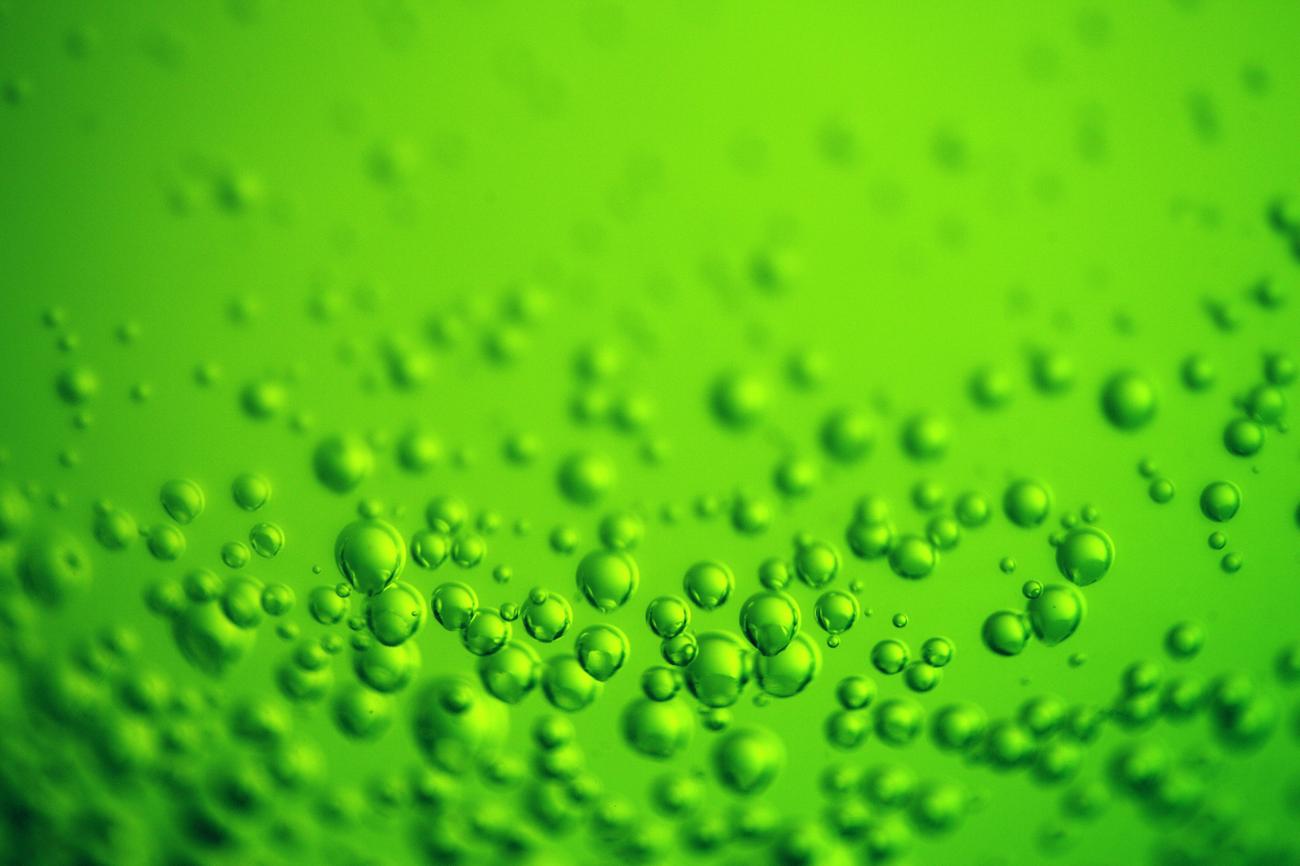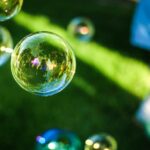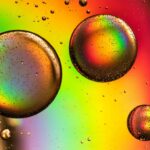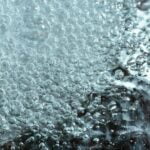Are you ready to dive into the captivating world of bubble formation? Prepare to be amazed as we unravel the secrets behind these mesmerizing spheres of air and liquid. In this article, we will take you on a journey through the science of bubble formation, delving deep into the intricate mechanisms and fascinating phenomena that bring them to life. Whether you’re a scientifically-minded individual or simply curious about the wonders of the natural world, get ready for a captivating and informative exploration of how bubbles are formed. Get ready to be blown away!
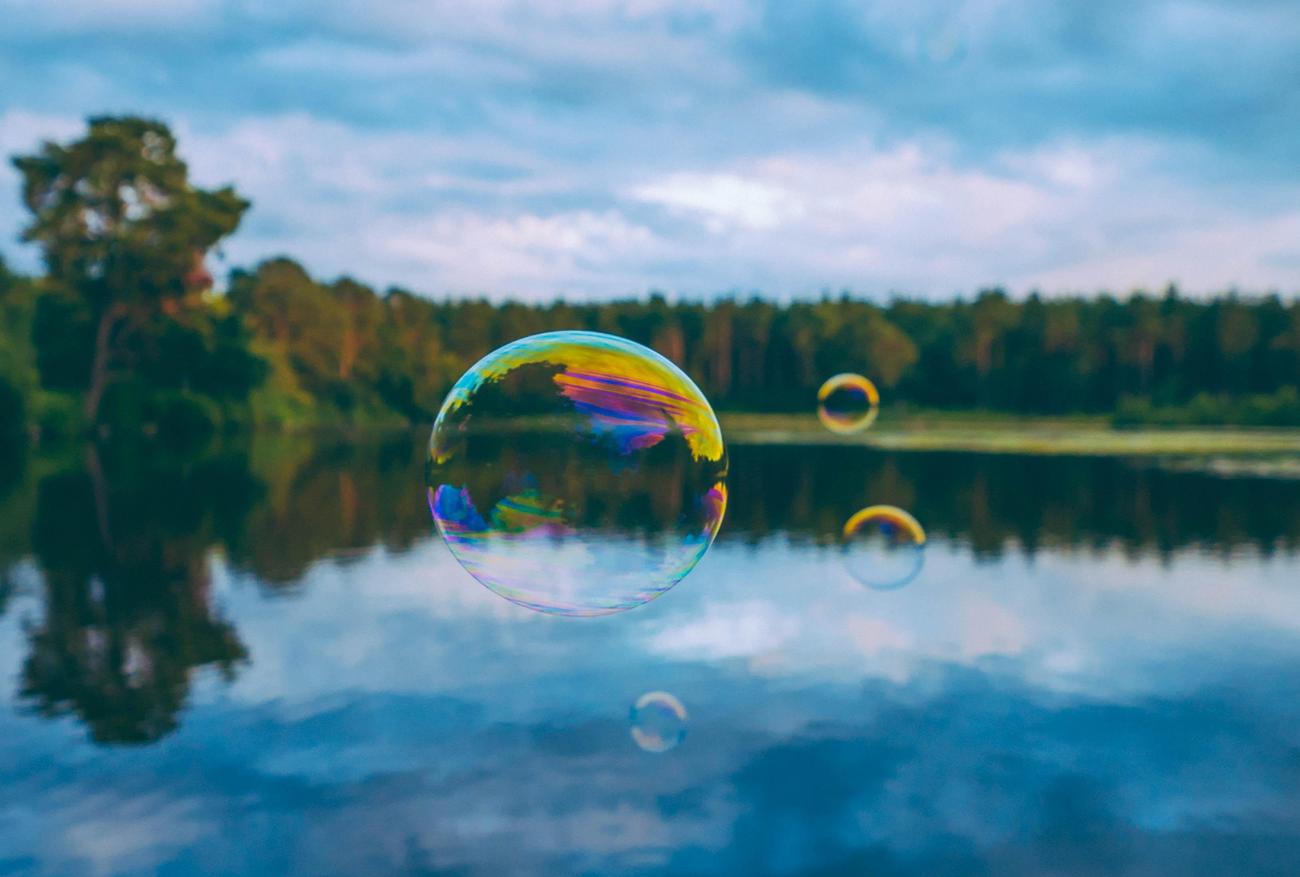
Formation of Bubbles Explained
Bubbles have a mesmerizing and captivating quality that has intrigued scientists and children alike for centuries. But have you ever wondered how these delicate spheres actually form? In this article, we will take a deep dive into the fascinating science behind bubble formation, shedding light on the intricate mechanisms and factors that contribute to their creation and ultimate demise.
Understanding Surface Tension
To comprehend the formation of bubbles, we must first grasp the concept of surface tension. Surface tension is the force that holds the molecules of a liquid together, creating a thin, elastic “skin” on its surface. When air (or another gas) is blown into a liquid that contains soap or other substances that lower the liquid’s surface tension, a unique phenomenon occurs: bubbles start to materialize.
The Role of Soap or Detergent
The addition of soap or detergent to the liquid is crucial in reducing the liquid’s surface tension, allowing the bubble to stretch and maintain its shape. You can think of the soap or detergent as a magical ingredient that transforms plain water into a substance capable of creating these enchanting spheres. Bubbles are primarily composed of soapy water that has been formed into a thin film, which traps air in the center, causing the bubble to retain its spherical shape until it pops.
The Art of Bubble Blowing
How do we go about creating bubbles? Well, it’s quite simple. Bubbles can be blown into the water using various devices such as straws, bottles, or bubble wands. When we blow air into the soapy liquid through one of these devices, a stream of air flows out, elongating the material and eventually forming a bubble. The most remarkable part of this process is the thinning and pinch-off of the “neck” connecting the bubble to the flowing material, leading to the separation of the bubble from its source.
Factors Influencing Bubble Formation
Several factors influence the formation of bubbles, including chamber pressure, gas flow rate, and mechanical disturbance. Chamber pressure, which refers to the pressure inside the bubble-blowing device, can affect the size and stability of the bubbles produced. A higher pressure generally results in larger and more resilient bubbles. Moreover, the rate at which gas flows into the liquid determines the speed at which bubbles form. A faster flow rate often leads to a greater number of bubbles appearing.
Enhancing Bubble Stability
To improve the stability and longevity of bubbles, ingredients such as glycerin can be added to the bubble solution. Glycerin lowers the evaporation rate of the water in the bubble, allowing it to last longer before popping. This trick is commonly employed by bubble artists and enthusiasts to create magnificent and long-lasting displays.
Versatility and Applications of Bubbles
The wonders of bubbles extend beyond mere entertainment. These ephemeral spheres find utility in scientific experiments, where they are employed to study the principles of fluid dynamics and surface tension. Additionally, bubbles have practical applications in several industries, including medicine and materials science. Understanding the mechanisms behind bubble formation enables researchers to design and optimize various processes, such as the efficient transfer of heat or the creation of novel materials.
In conclusion, the formation of bubbles is an intriguing scientific phenomenon that merges principles of fluid dynamics, surface tension, and materials science. By understanding the role of soap, the mechanics of bubble blowing, and the factors that influence their formation, we can appreciate the beauty and complexity behind these enchanting spheres. So, the next time you encounter a bubble floating in the air, take a moment to ponder the intricate dance between air, liquid, and surface tension that brought it into existence.
“Bubbles, the delicate spheres that captivate both young and old, emerge when air meets soapy water, defying gravity and momentarily suspending reality.”
Bubbles have always fascinated scientists and curious minds alike. There is a whole world of science behind these mesmerizing spheres of soap and water. If you are eager to learn some incredible science facts about bubbles, then you’re in luck! Explore the fascinating properties and behavior of bubbles with this comprehensive guide. Click here to unlock the secrets of bubbles: Science facts about bubbles. Prepare to be amazed as you dive into the captivating world of bubble science.
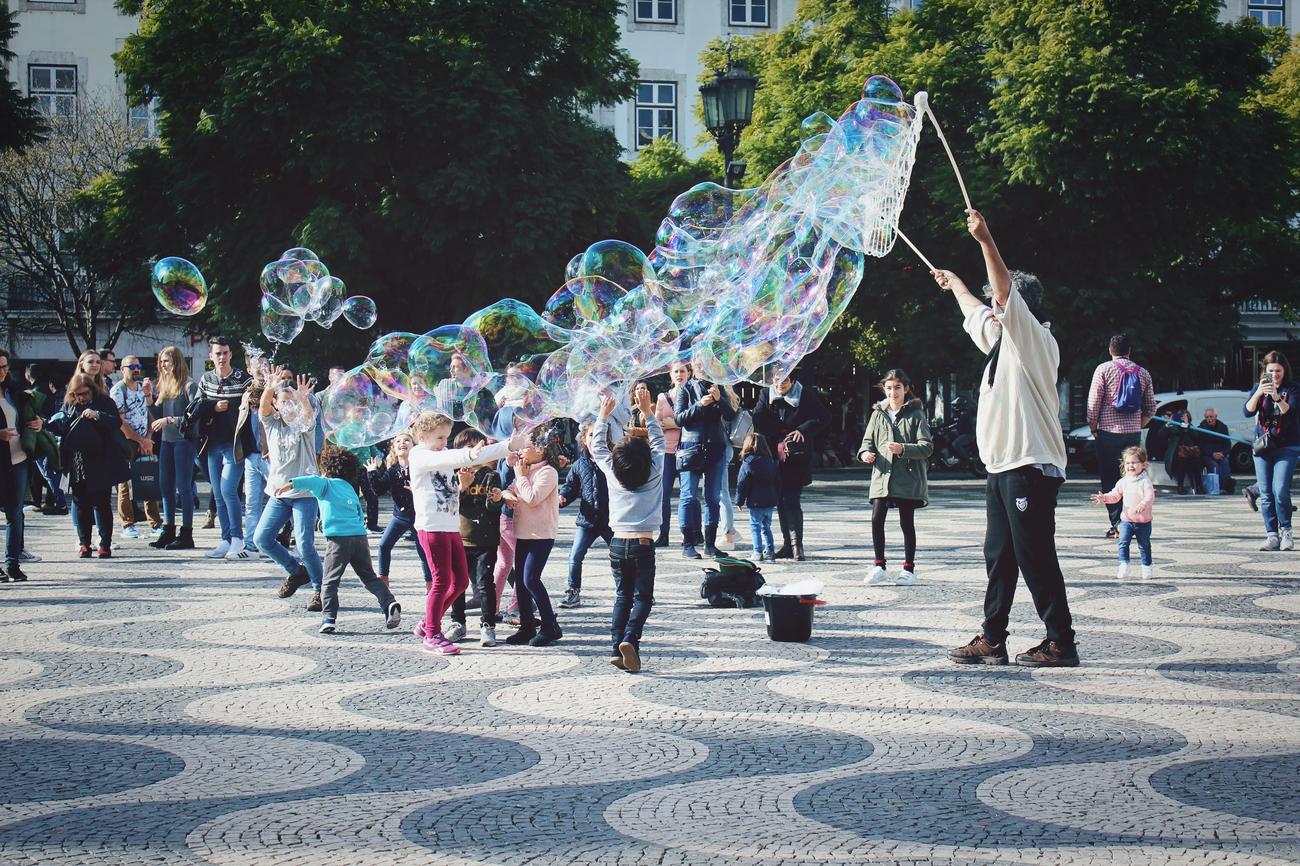
FAQ
Question 1: What causes bubbles to form?
Answer 1: Bubbles are formed when air (or another gas) is blown into a liquid that contains soap or other substances that lower the liquid’s surface tension. The soap or detergent added to the water decreases the bubble’s surface tension, allowing it to stretch and hold its shape.
Question 2: What is surface tension and how does it relate to bubble formation?
Answer 2: Surface tension is the force that holds the molecules of a liquid together, creating a thin, elastic “skin” on its surface. In bubble formation, surface tension plays a crucial role. The soap or detergent added to the water decreases the water’s surface tension, enabling it to form a film that traps air in the center, giving the bubble its spherical shape.
Question 3: How are bubbles blown into the water?
Answer 3: Bubbles can be blown into the water using various devices such as straws, bottles, or bubble wands. By blowing air through these instruments, the air is forced into the liquid and forms bubbles.
Question 4: What factors influence the formation of bubbles?
Answer 4: The process of bubble formation can be influenced by factors such as chamber pressure, gas flow rate, and mechanical disturbance. These factors affect the elongation of the flowing material (air or water) and eventually the thinning and pinch-off of the “neck” connecting the bubble to the material.
Question 5: How can the stability and longevity of bubbles be improved?
Answer 5: The addition of glycerin or other ingredients to the bubble solution can improve the stability and longevity of the bubbles. These substances help to increase the viscosity of the solution, making it harder for the bubbles to burst.
